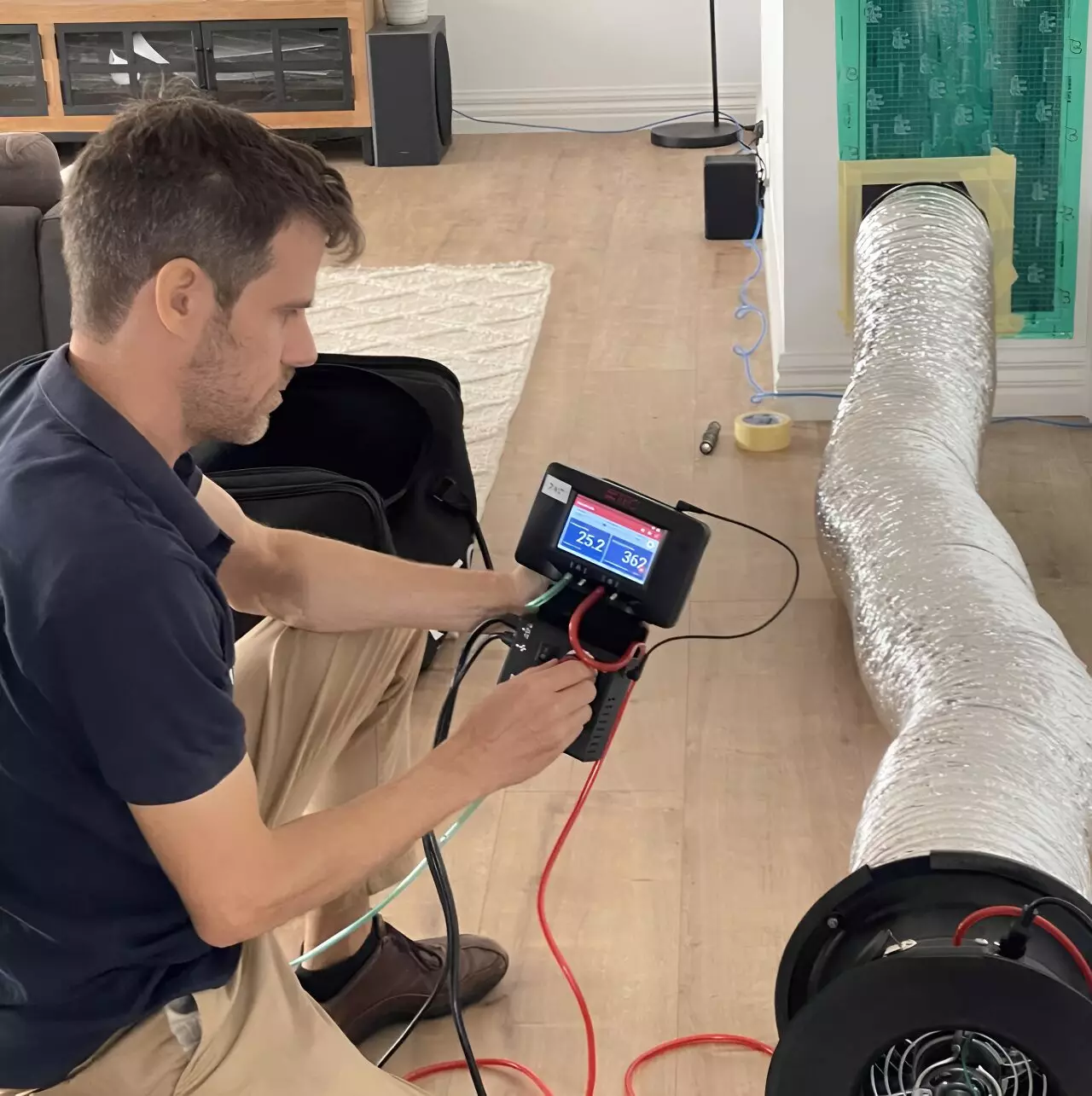Recent research conducted by the CSIRO has shed light on the air tightness of new Australian homes, revealing that they are now up to 50% more airtight than those tested in 2015. This is positive news for homeowners, as it means that houses and apartments meeting recommended air tightness levels are not only more comfortable, but also have lower energy bills and healthier indoor air quality. The concept of air tightness is crucial in minimizing unintended air movements within a building, which in turn prevents outdoor air from infiltrating and indoor air from escaping.
Poor air tightness in a home can lead to drafts, ultimately increasing energy bills by as much as 20%. Conversely, homes that are overly airtight without controlled ventilation can result in condensation, mold, and various health issues for residents. These health issues may include headaches and nausea due to higher levels of carbon dioxide and monoxide. The research conducted by CSIRO involved testing a total of 233 apartments and detached houses built within the past four years across major Australian cities such as Melbourne, Sydney, Canberra, Brisbane, and Adelaide, with homes specifically designed for air tightness being excluded from the study.
Researchers utilized a blower door test to identify the leakage rate in these homes and determine the areas where leakages were most common. It was discovered that leakages primarily occurred in bathroom fans, sliding doors, and poor or missing door seals. Surprisingly, some homes, particularly apartments, were found to be extremely airtight, highlighting potential issues that could impact both building performance and resident health in the absence of controlled ventilation. However, the study also emphasized that there are simple and cost-effective solutions available to rectify these issues, as well as preventative measures that can be implemented during the construction phase.
The report put forth a range of recommendations for Australian building codes to better address common air tightness issues. These recommendations include establishing air tightness standards in the National Construction Code (NCC), mandating controlled ventilation in new buildings – especially apartments – to mitigate indoor pollutants and moisture, requiring air barriers like building wraps in all new residences, and providing on-site training and educational resources to assist builders in implementing effective and affordable solutions to enhance building performance.
The study also found that actual air tightness levels closely mirrored those anticipated by the Nationwide House Energy Rating Scheme (NatHERS), which assigns an energy efficiency star rating to residential buildings. This alignment between predicted and actual air tightness levels provides confidence in the accuracy of NatHERS in evaluating air tightness within specified thresholds. As a result, there is value in displaying air tightness values on NatHERS certificates and emphasizing their impact on the star rating assigned to a property.
The research conducted by CSIRO underscores the importance of maintaining optimal air tightness in Australian homes to enhance comfort, reduce energy consumption, and promote healthier indoor environments. By implementing the recommended improvements and addressing common air tightness issues, homeowners can enjoy the benefits of increased efficiency and overall well-being within their living spaces.


Leave a Reply